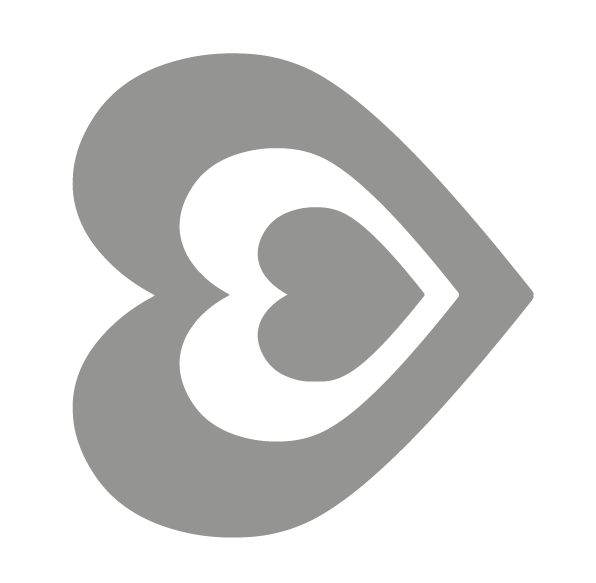SESSION 1.
BREATHE
Your breath is A
reminder of your being.
A reflection of the state of your mind.
An immediate way to reconnect with your inner power.
Anytime, anywhere – make your breath your constant companion.
Belly breathing
The natural way to breathe. More efficient. More relaxed. More centred. It’s how babies breathe.
Nostril breathing
Your nose is designed for breathing. The air is cleaned and warmed. You can control your breath more easily.
Active exhalation with passive inhalation
Your out breath helps to balance your Autonomic Nervous System, reducing stress. By emptying your lungs of all the old air you can fill them more easily, making your breathing more effective.
The breath stills, the mind stills
At the top and bottom of your inhalations and exhalations there is a natural, short pause where the breath stills for a moment. Notice how the mind also stills.
The inner breath
By creating a slight hissing sound in the back of your throat you can internalise your breath. This calms the systems of the body and improves focus and attention on the moment.
The full breath
With a three-part inhalation you breathe from the belly up into the chest and shoulders, then exhale slowly and deeply first from the chest and then from the belly. The exhalation should last twice as long as the inhalation.
Alternate nostril breathing
Breathing in through one nostril and out through the other. This exercise helps to balance the two sides of the brain creating a feeling of calm, focus and clarity. Often used as a preparation for formal meditation.
Practice lying down, in an upright seated position, whilst walking or whenever you feel the need. In time your breathing will naturally revert to a healthy relaxed rhythm.
Controlled breathing has been shown to lower blood pressure, reduce stress and anxiety and improve sports performance.
Audio Tracks
Practice
Every day practice your breathing formally three times.
Early morning, before lunch and early evening.
Five minutes per session.
Progress through the tracks above at your own pace.
By the end of a week you should feel confident in the techniques with and without the audio tracks.

